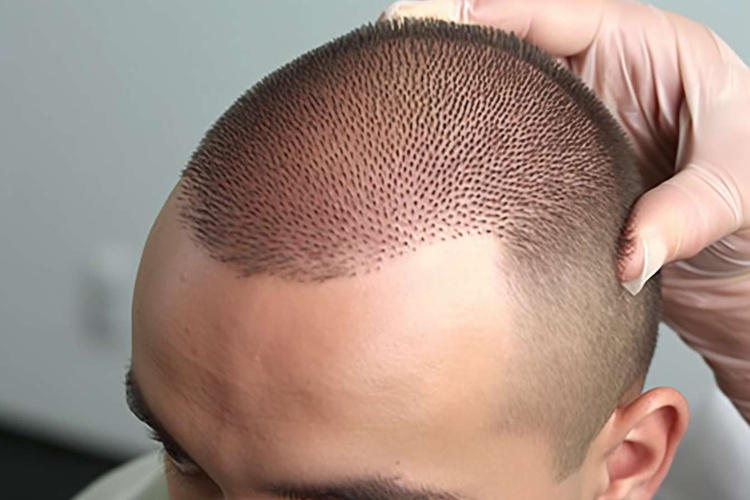"Decoding the Health Benefits of Grounding: Science Backs Barefoot Connection to Earth"
Have you heard of grounding, also known as earthing, and wondered what it truly entails? This health practice, rooted in ancient wisdom, is gaining modern-day scientific recognition for its potential wellness benefits. Let's delve into the science and history of grounding and see how it fits into our present-day wellness pursuits.

The Origins and Evolution of Grounding
Grounding or earthing refers to the practice of connecting with the Earth’s natural energy by walking barefoot on natural surfaces like sand, grass, or soil. This practice hails from ancient cultures, including Native American traditions, where it was believed that walking barefoot on the Earth could improve health and vitality. Despite this historical context, grounding was largely dismissed by modern society until recent times, when scientific exploration began to reveal potential benefits.
Grounding and Modern Health Trends
Today, grounding is witnessing a resurgence in the wellness community, with numerous studies exploring its potential benefits. For instance, a 2012 review published in the Journal of Environmental and Public Health found that grounding could improve sleep, reduce pain, and decrease stress by reducing cortisol levels. This aligns with the current wellness trend of seeking natural, holistic ways to improve well-being and manage stress, making grounding an appealing practice for many.
Grounding: The Science and The Skepticism
While grounding is gaining recognition, like any wellness trend, it has its share of skepticism. Critics argue that more extensive research is needed to validate the claimed benefits. The science behind grounding primarily revolves around the concept of the Earth’s surface possessing a negative charge, which can impact our body’s energy when we make direct contact. While this theory is intriguing, further exploration is required to fully comprehend the implications of grounding for our health.
Practical Aspects of Grounding
Despite the ongoing debate, the beauty of grounding lies in its simplicity – it’s a practice virtually anyone can try. Here are some ways to incorporate grounding into your daily routine:
-
Walk barefoot in your garden or a local park.
-
If you have access to a beach, walking barefoot in the sand is an excellent grounding exercise.
-
Consider grounding mats or sheets if direct contact with the earth isn’t feasible for you.
Quick Grounding Insights
-
Grounding is a simple and natural wellness practice that anyone can incorporate into their routine.
-
Early scientific studies suggest potential benefits, including improved sleep, reduced stress, and decreased pain.
-
While promising, more extensive research is needed to fully validate these health benefits.
Conclusion
While grounding may not be a miracle cure, it offers an intriguing intersection of ancient wisdom and modern science. The potential benefits, coupled with its simplicity, make it an appealing wellness practice worth exploring. As always, it’s essential to approach any new health practice with a balanced perspective – acknowledging its potential benefits while staying tuned for further research. After all, the journey to wellness is about finding what works best for our unique bodies and lifestyles.




